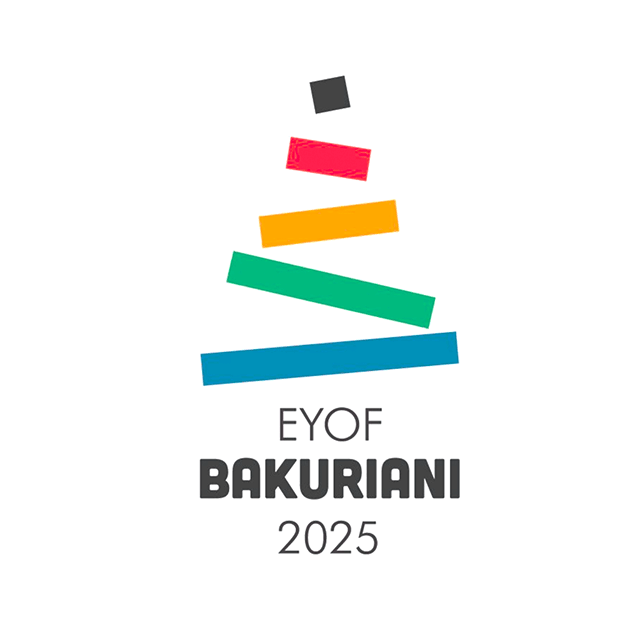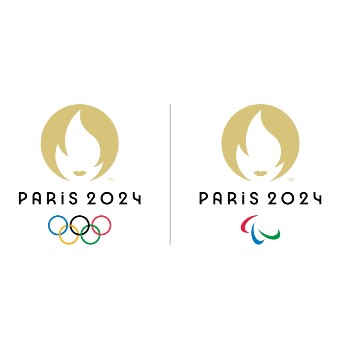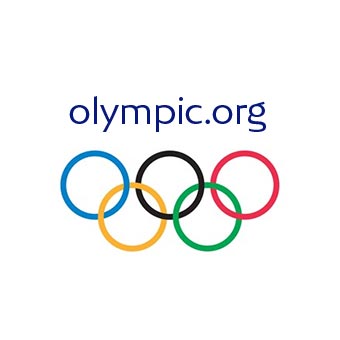1967
The idea of grouping the European National Olympic Committees (NOCs) under a single umbrella, inspired by Giulio Onesti (ITA), Raoul Mollet (BEL) and Raymond Gafner (SUI), was first muted in 1967 in Tehran, with the creation of what was later known as ANOC (Association of National Olympic Committees).

1968 - 1976
A first step in the creation of the Continental Association of European NOCs (AENOC) took place at the Assembly of Versailles in 1968, under the leadership of AENOC’s first president, Count Jean de Beaumont (FRA). It was not until 1975 in Lisbon that the Association had written statutes and a definitive name: The Association of European NOCs. In 1976 Bo Bengtson (SWE) became the second President of the Association.

'80s
The 1980 General Assembly, with 33 members, elected Franco Carraro (ITA) as president while the secretariat was entrusted to Adrien Vanden Eede (BEL).During the ‘80s, the Association’s key meetings – the General Assembly and the Seminar for Secretaries General and Chefs de Mission – helped the EOC establish its value to its members. The meetings regularly addressed themes critical to the success of the Olympic Movement, including preparations for an Olympic Games, Olympic Solidarity and marketing. The Organising Committees for future Olympic Games became regular guests at these meetings. Then, from 1987 Kurt Heller (AUT) led the Association.

1989
In 1989, the presidency was entrusted to Dr. Jacques Rogge (BEL)and the secretariat was installed in Rome, at the office of Secretary General Mario Pescante (ITA). The activities of the European NOCs expanded significantly under this leadership team.

90's
Political changes in Europe, starting in 1991, saw 15 more NOCs join the Association, bringing the total to 48 by 1994.In 1995, AENOC changed its name to European Olympic Committees (EOC).At the same time, its legally registered office, previously transient, was established in Rome, Italy, where the EOC’s operating headquarters were also established within the Italian National Olympic Committee.

2001 - 2005
In July 2001, during the 112th IOC Session in Moscow, Dr. Jacques Rogge became IOC President. Four months later in Monte Carlo, the 30th EOC General Assembly elected Mario Pescante as President of the European Olympic Committees while the General Secretariat was entrusted to the President of the Olympic Council of Ireland Patrick Hickey (IRL).
In December 2005, the EOC General Assembly, held in Dublin, Ireland, elected the Executive Committee for 2005-2009. President Mario Pescante, Vice President Alexander Kozlovsky (RUS) and Secretary General Patrick Hickey were all reconfirmed in their posts.

2006
Following Mario Pescante’s resignation, an Extraordinary General Assembly was held in Rome on 29 July 2006, at which Patrick Hickey was elected President and Raffaele Pagnozzi was elected Secretary General.
2007
In 2007, the Association modernised, with changes to its Articles of Association, the adoption of a more modern logo and the creation of the post of an EOC Treasurer, distinct from the role of Secretary General.

2014
In 2014, the NOC of Kosovo became the fiftieth member of the EOC, having been recognised by the IOC.

2017
In Zagreb, the 46th Association’s General Assembly entrusted the Presidency of the EOC to Janez Kocijancic.

2020
Janez Kocijančič, the eighth President of the EOC died on 1 June 2020 at the age of 78. He joined the EOC in 1997 first as an auditor and then in 2005 as a Member of the Executive Committee.
He was a great ambassador and promoter of the Olympic Movement and a true believer in the Olympic values for education, for peace and for social inclusion.

2021
When Janez Kocijančič died, Vice-President Niels Nygaard took over as Acting President until new elections took place at the 2021 General Assembly.

2021
The election took place during the EOC’s 50th General Assembly, attended by representatives of all 50 European National Olympic Committees — 46 in person and 4 virtually.
Capralos received 34 votes against the 16 of Niels Nygaard.









